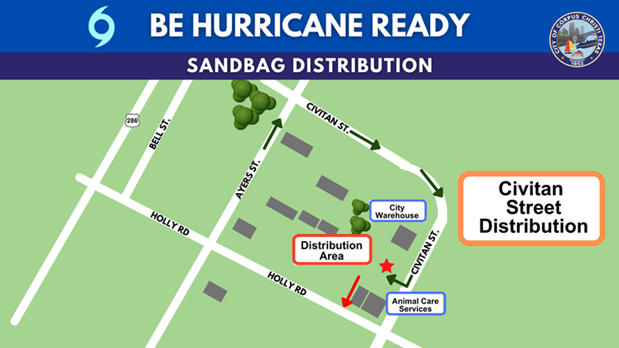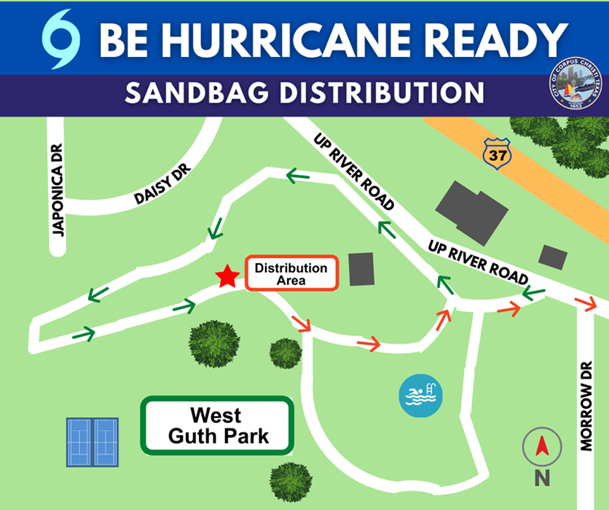The Province is launching the BC Heat Alert and Response System (BC HARS) to help ensure people, First Nations communities and local governments have the tools they need to stay safe during heat events. Under BC HARS, the Province is prepared to issue a Broadcast Intrusive alert for extreme heat emergencies.
The Province is also bringing in additional measures to bolster B.C.’s ambulance system to better respond to a significant increase in 911 calls during a heat emergency.
This builds on the recently announced extreme heat funding stream for First Nations and local governments under the $189-million Community Emergency Preparedness Fund for extreme heat-risk mapping, assessment and planning.
“Last summer’s unprecedented heat dome tragically resulted in hundreds of fatalities, making it clear we need to do more to be better prepared for future extreme heat events,” said Mike Farnworth, Minister of Public Safety and Solicitor General. “We’ve developed a new heat framework so we’re ready for the next heat event, and we are ready to issue Broadcast Intrusive alerts for extreme heat emergencies to ensure people are aware.”
BC HARS includes two categories of heat events: heat warnings and extreme heat emergencies. In the event of a heat warning or extreme heat emergency, the provincial government and local authorities will take appropriate actions based on their individual heat plans and processes.
For extreme heat emergencies, the Province is prepared to issue alerts through the national public alerting system, Alert Ready, which is already used to issue Amber alerts and tsunami, wildfire and flood warnings.
“It’s vital that we take the lessons we learned from last year’s devastating heat dome to make sure that the Province and our health-care system are as prepared and resilient as possible during extreme heat,” said Adrian Dix, Minister of Health. “The new heat alert and response system and actions we’re taking to strengthen the ambulance system and emergency care will help ensure people across B.C. are safe during future heat waves.”
During an extreme heat event, BC Emergency Health Services’ (BCEHS) new Clinical Safety Plan will increase capacity, maintain quality patient service, protect staff health and safety, and ensure timely communication with various stakeholders. The plan will guide BCEHS during an extreme event through actions such as reassigning staff to support areas experiencing increased call volumes, reducing turnaround times at key hospitals, and using alternate care pathways and transport options so ambulances remain available for life-threatening 911 calls.
This builds on actions the Province has already taken to strengthen the ambulance system and emergency care in B.C., including appointing a new chief ambulance officer and reconstituting the BCEHS board. In addition, BCEHS has added 125 new full-time paramedic positions in urban areas and 42 new dispatcher positions. BCEHS has also added 22 ambulances, nine of which are already in service, and converted staffing at 24 ambulance stations from on-call to 24 hours a day, seven days a week coverage.
To further ensure British Columbians are receiving appropriate pre-hospital care, BCEHS, in partnership with the Province and key stakeholders, is working to expand the care and treatment that paramedics and first responders can provide.
The Province has also created a new Extreme Heat Preparedness Guide targeted at helping people prepare their residences for extreme heat and that provides advice about how to stay safe when temperatures rise. The guide is available in French, Punjabi, traditional Chinese and simplified Chinese and was created in partnership with the BC Centre for Disease Control.
Actions people can take to keep themselves and others safer during a heat event include identifying cool zones inside and outside their homes (community centres, libraries etc.), taking cool baths or showers, drinking plenty of water and checking in with vulnerable neighbours.
Heat illnesses include heat stroke, heat exhaustion, heat fainting, heat edema (swelling of hands, feet and ankles), heat rash and heat cramps (muscle cramps). Watch for symptoms of heat illness, including dizziness or fainting, nausea or vomiting, confusion, headache, rapid breathing and heartbeat, extreme thirst, and decreased urination with unusually dark yellow urine. If someone experiences any of these symptoms during extreme heat, they should immediately move to a cool place, start cooling down and drink liquids.
“Public alerting is a key tool in ensuring Canadians are aware of emerging threats in their communities.” said Bill Bair, president, Queen’s Privy Council for Canada and federal Minister of Emergency Preparedness. “Last summer, record-breaking temperatures in British Columbia resulted in loss of life, and this initiative by the Government of British Columbia will help warn residents of extreme heat waves, allowing them to take the necessary steps to protect themselves and each other.”
Learn More:
For more information about the BC Heat Alert and Response System: bccdc.ca/extremeheat
PreparedBC’s Heat Preparedness Guide: www.preparedbc.ca/extremeheat
Environment and Climate Change Canada’s weather alerts: https://weather.gc.ca/warnings/index_e.html?prov=bc
For more information about emergency alerts in B.C.: https://www2.gov.bc.ca/gov/content/safety/emergency-management/preparedbc/evacuation-recovery/emergency-alerts
For more information about the Community Emergency Preparedness Fund, visit the Union of BC Municipalities’ website: https://www.ubcm.ca/funding-programs/local-government-program-services/community-emergency-preparedness-fund
Two backgrounders follow.











